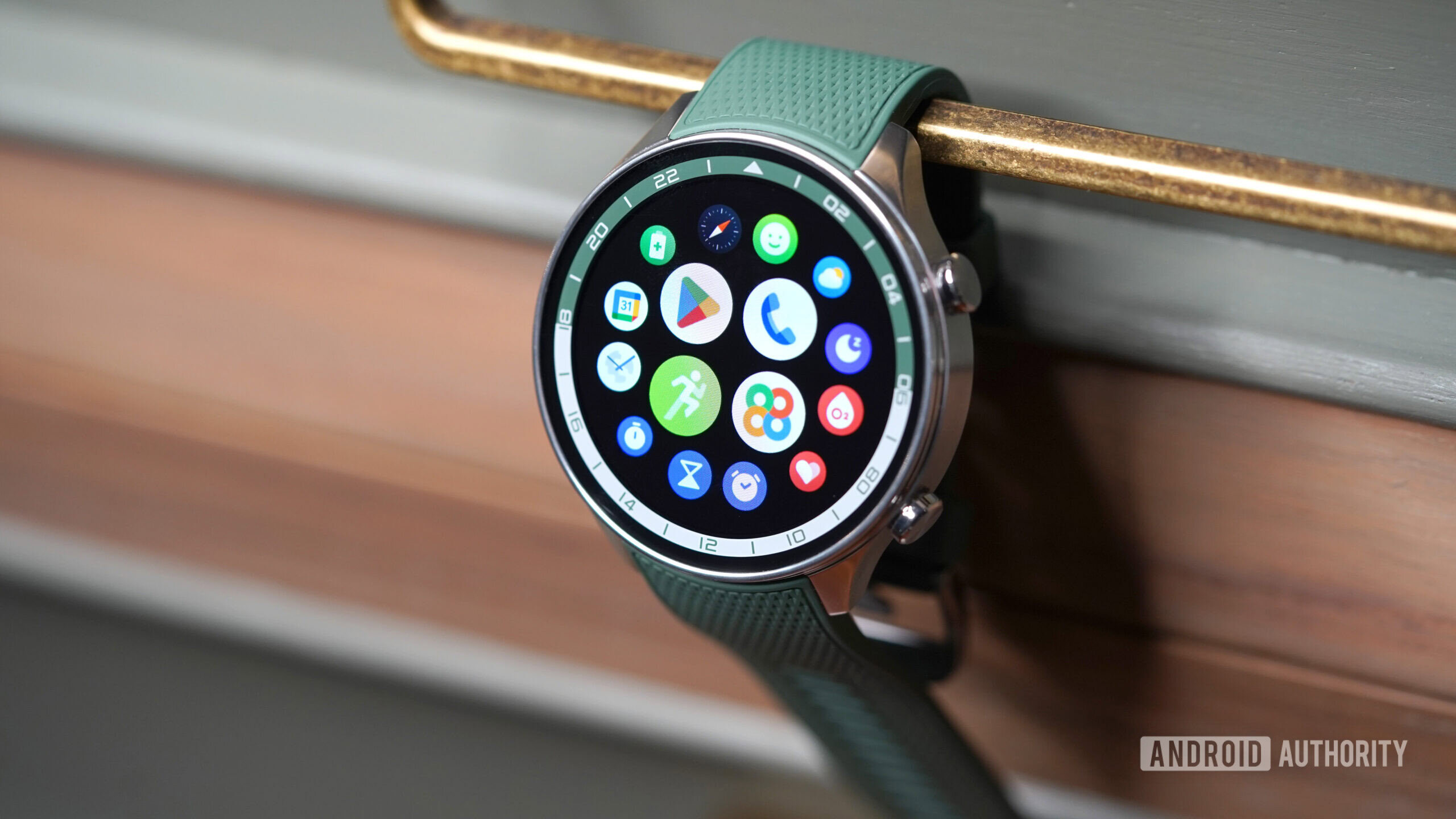Defense giant Lockheed Martin has unveiled a substantial increase in its additive manufacturing (AM) capabilities with an expansion of its facility in Grand Prairie, Texas.The addition includes some16,000 square feet dedicated to 3D printing technologies, such as some of the largest format, multi-laser machines in the region—specifically NXG XII metal 3D printers from Nikon SLM Solutions—alongside advanced heat treatment and inspection equipment.This setup is meant to significantly enhance the rapid development and production of AM parts across Lockheed Martin’s operations.“We continue to invest in AM technology to provide value for our customers in a way that empowers our engineers to innovate and rapidly integrate new product designs and capabilities to the production floor,” said Tom Carrubba, vice president of production operations at Lockheed Martin Missiles and Fire Control.
“This allows us to create affordable and modular designs that can simplify both high and low-volume production processes.”The expansion aligns with Lockheed Martin’s 1LMX digital transformation initiative, which seeks to incorporate AM at the early stages of product development.According to Lockheed Martin fellow Hector Sandoval, this integration serves as a technical risk reduction tool, enhancing product performance and cutting down development and lead times.“Using this state-of-the-art, large platform AM technology at Lockheed Martin enables us to rapidly iterate and manufacture all of our products, resulting in savings and design freedom for all of our customers,” said Brian Kaplun, a Lockheed Martin fellow.“AM lives in the digital world and this allows us to support our customers in a far more nimble and responsive fashion than if we were using traditional design and manufacturing methods.”Lockheed’s 3D Printing ApplicationsLockheed Martin has been refining its AM processes for decades, positioning the company to deliver systems with enhanced speed, agility, innovation, and competitiveness.
One noteworthy application of 3D printing at Lockheed Martin is the redesign of a hydraulic manifold traditionally machined from a large block of aluminum.By leveraging the design freedom afforded by AM, the team was able to create more direct and efficient pathways between hydraulic connections, enhancing performance while achieving significant weight reductions.A once-machined aluminum manifold redesigned for 3D printing.The company’s application of AM extends to several of its products, including the multi-mission Mako hypersonic missile, where AM was used to produce guidance housing and tail fin parts.This approach not only met stringent requirements but did so at a fraction of the cost and time compared to traditional subtractive manufacturing methods.
Work being performed on the Mak hypersonic missile.Lockheed Martin also applies AM in its legacy programs, such as printing components for the F-35 simulator cockpits and the GMLRS.A model-based engineering approach, combined with AM expertise, enabled the company to redesign a GMLRS antenna assembly test unit, reducing the number of parts and, consequently, the cost and production time.AM InvestmentsIn August 2024, Lockheed Martin announced a significant acquisition of Terran Orbital for $450 million, aiming to revolutionize satellite manufacturing.
Terran Orbital has pioneered the use of 3D printing in producing satellites that are lighter, stronger, and more efficiently produced than traditional methods allow.The defense giant is not only deploying AM within its own operations, but it is actively influencing the broader 3D printing and manufacturing industries beyond.This is underscored by its participation in AM Forward, a voluntary initiative announced by the White House in 2022 to bolster U.S.supply chain resiliency and manufacturing innovation.
Following this, Lockheed Martin partnered with Sintavia to explore new AM technology opportunities.Its investment in Sintavia has been complemented by investments in other 3D printing firms, such as wire harness startup Q5D, electric motor company H3X, and composites 3D printer maker Fortify, among others.Market Shifts in Metal AM for DefenseIt’s interesting to note that, although Lockheed has previously collaborated with Velo3D on hypersonics projects, the aerospace company opted to highlight the installation of Nikon SLM systems at the facility.Velo3D, of course, is in the midst of a rough economic situation with an uncertain outlook.
Relatedly, RTX recently offloaded some of its older GE Additive/Colibrium machines.The highlighting of SLM 3D printers, in this case, may suggest that the future may be a negative one for Velo3D, despite its criticality to Department of Defense projects related to future missile production.In other words, it’s possible that the world of defense has found its de facto standard for metal 3D printing.All images courtesy of Lockheed MartinSubscribe to Our Email NewsletterStay up-to-date on all the latest news from the 3D printing industry and receive information and offers from third party vendors.








